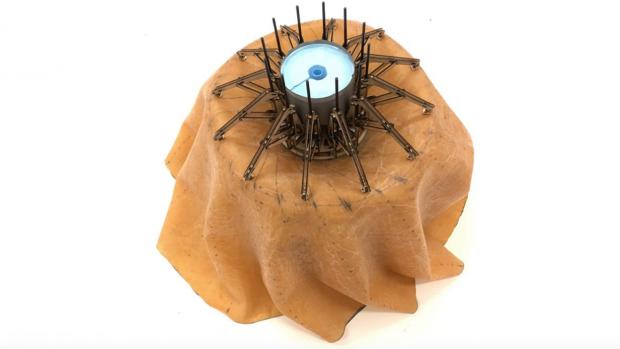
Breaking News
 BREAKING: Assault Weapons Ban Just Passed For 2026 : 10 Years Prison Who Own This!
BREAKING: Assault Weapons Ban Just Passed For 2026 : 10 Years Prison Who Own This!
 Zelensky To Trump: 'Give Me 50 Year Security Guarantee...And More Money!'
Zelensky To Trump: 'Give Me 50 Year Security Guarantee...And More Money!'
 I've Never Seen A USB-C Charger This Good!
I've Never Seen A USB-C Charger This Good!
 China Just Broke The Silver Market
China Just Broke The Silver Market
Top Tech News
 EngineAI T800: Born to Disrupt! #EngineAI #robotics #newtechnology #newproduct
EngineAI T800: Born to Disrupt! #EngineAI #robotics #newtechnology #newproduct
 This Silicon Anode Breakthrough Could Mark A Turning Point For EV Batteries [Update]
This Silicon Anode Breakthrough Could Mark A Turning Point For EV Batteries [Update]
 Travel gadget promises to dry and iron your clothes – totally hands-free
Travel gadget promises to dry and iron your clothes – totally hands-free
 Perfect Aircrete, Kitchen Ingredients.
Perfect Aircrete, Kitchen Ingredients.
 Futuristic pixel-raising display lets you feel what's onscreen
Futuristic pixel-raising display lets you feel what's onscreen
 Cutting-Edge Facility Generates Pure Water and Hydrogen Fuel from Seawater for Mere Pennies
Cutting-Edge Facility Generates Pure Water and Hydrogen Fuel from Seawater for Mere Pennies
 This tiny dev board is packed with features for ambitious makers
This tiny dev board is packed with features for ambitious makers
 Scientists Discover Gel to Regrow Tooth Enamel
Scientists Discover Gel to Regrow Tooth Enamel
 Vitamin C and Dandelion Root Killing Cancer Cells -- as Former CDC Director Calls for COVID-19...
Vitamin C and Dandelion Root Killing Cancer Cells -- as Former CDC Director Calls for COVID-19...
 Galactic Brain: US firm plans space-based data centers, power grid to challenge China
Galactic Brain: US firm plans space-based data centers, power grid to challenge China
New spin on heat shields could cut cost of spacecraft

Although some approaches to such shields can be heavy and/or complex, a University of Manchester PhD student has developed one that's simple, cheap and lightweight.
As a spacecraft plummets through a planet's atmosphere, the friction of the air against the rapidly-passing underside of the craft causes heat to build up. Heat shields serve to dissipate that heat, keeping it from damaging the spacecraft itself, while also helping to slow the spacecraft's descent by creating aerodynamic drag.
Presently-used shields include ones that inflate when needed, or that are mechanically deployed. Rui Wu, however, created a prototype that's a little different.
Made of a flexible, strong and heat-resistant material that folds down when not in use, his shield automatically starts spinning like a samara-type tree seed when exposed to the onrush of air that a spacecraft would experience when dropping through a planet's atmosphere.



